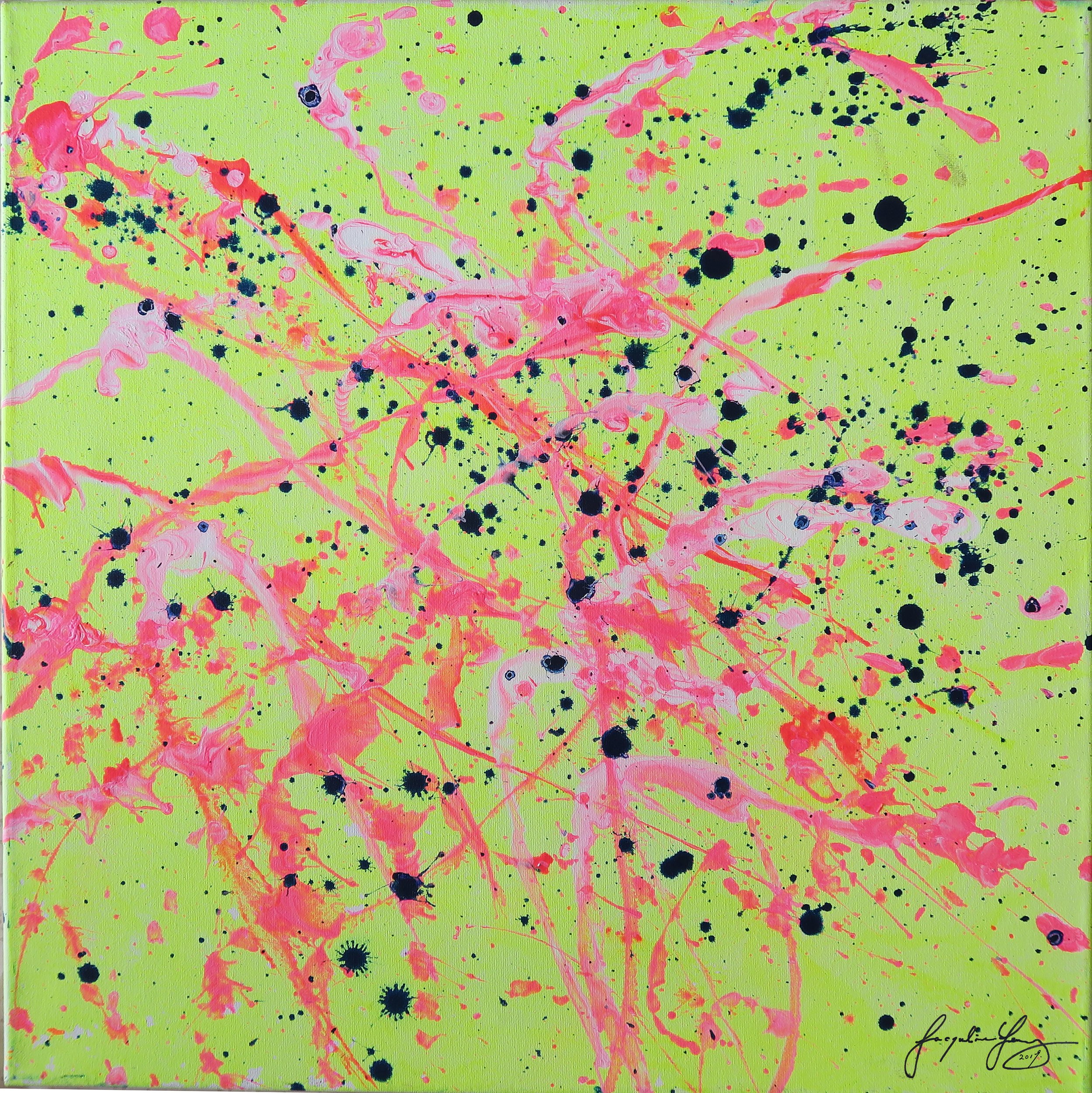
Expressionism
History
A modernist movement that took place in the early 20th century, Expressionism reacted against its optic-centric, extrinsic-heavy predecessor, Impressionism, and reacted to humanity’s discordance as well as alienation from the world. The artworks which emerged from this period rued the state of cultural malaise and longed to recover authentic and spiritual sensibilities.
Unlike Impressionism, which champions the objective portrayal of transient scenes and the manifest recording of light and color, Expressionism takes a stand against veristic depictions of physical reality. It considers subjects as the basis for artists’ subjective reinterpretation. With a focus on emotion and mood, Expressionism could be regarded as an inward-looking extension of Romanticism.
Rather than depicting reality, expressionist artists seek to convey heartfelt emotions and represent the world from a subjective perspective by using vivid colours and distorting shapes to reinvigorate art with authenticity and expressive force. Expressionist artists often employ exaggeratedly swirly brushstrokes and bluntly executed marks to relay subjectivity. They also make use of complementary colours to construct dramatic, dynamic compositions and to deliver intimately emotional sentiments.
Expressionism embraces instinctive interpretations of modern life, and each artist has their own unique way of expressing emotions in art. For a synesthete like Jacqueline, her ability to perceive sound as visuals and feelings endows her with the talent for associating unconnected domains, as well as the power of metaphor and the capability of blending realities. She offers a unique perspective on the world around her through synesthesia and translates her vision through expressionism.
Style
Abstract Expressionist Artist: Jackson Pollock (1912-1956)
American painter Jackson Pollock spearheaded the abstract expressionist movement in the mid-20th century. His distinction and legacy could be attributed to his radical and remarkable accomplishments of synthesising line and colour, removing the demarcation between drawing and painting, as well as propounding original ways of representing pictorial space.
An audacious spirit, Pollock explored and experimented with alternative forms of paint application. Doing away with the traditional easel, he posted his canvas directly on the wall or worked on the floor, then poured and dripped paint with a can. Rather than wielding a brush, he applied paint with “sticks, trowels or knives”; and in order to effect pronounced impasto, he resorted to a mixture of “sand, broken glass or other foreign matter.”
Pollock’s famous “drip paintings”, unveiled in the mid-1940s, constituted one of the most innovative artworks of the century and decidedly transformed the course of American art.
His technique was also referred to as “all-over painting” and “action painting”, owing to the entire canvas being covered with pigment as well as the gestural quality of his painting process. This animated operation enabled Pollock to register the intensity and reach of his physical movements. The sweeping nature of the style also denied the canvas accent points or traditional composition components.
Banner Image: Neon Blast (2019) (Close-up), Acrylic on canvas, 50 x 50 cm, JY-HK-028-2019, Piano Concerto No. 3, Op. 232: III. "Scherzo" performed by McCormick Percussion Group


